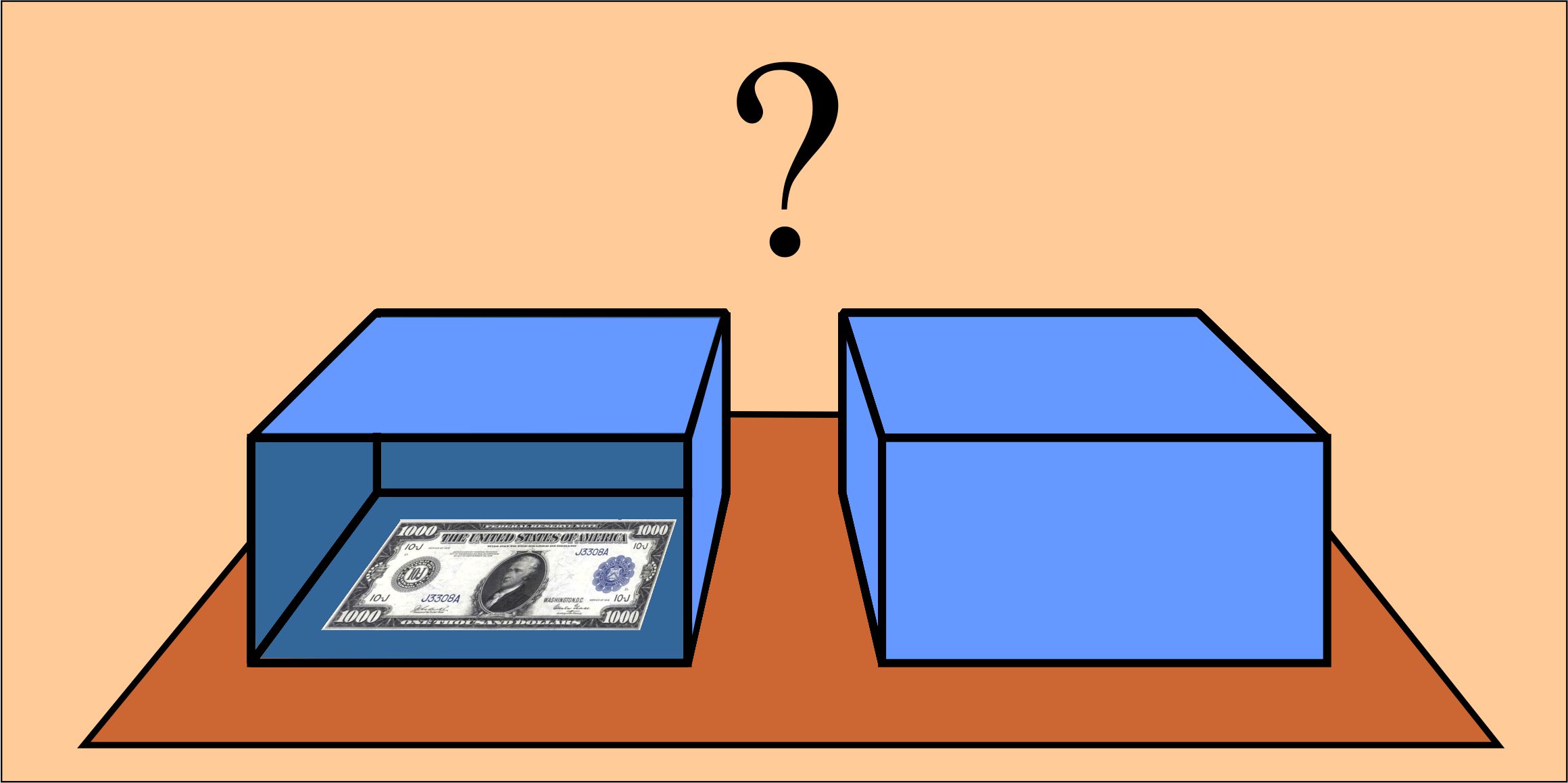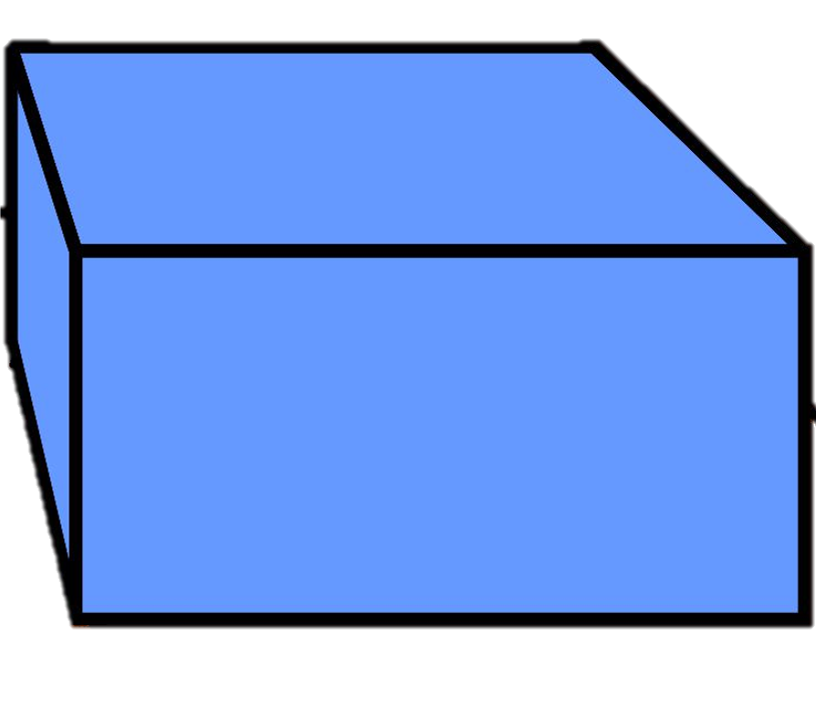… pour juger de ce que l'on doit faire pour obtenir un bien ou pour éviter un mal,
il ne faut pas seulement considérer le bien & le mal en soi,
mais aussi la probabilité qu'il arrive ou n'arrive pas;
& regarder géometriquement la proportion que toutes ces choses ont ensembles …
- Antoine Arnauld & Pierre Nicole's (1662, IV, 16) La logique, ou l'art de penser in the original French
… to judge what one ought to do to obtain a good or avoid an evil,
one must not only consider the good and the evil in itself,
but also the probability that it will or will not happen;
and view geometrically the proportion that all these things have together …
- Jeffrey's (1981, p. 473) translation
Evidential Decision Theory |
|||||||||||||
|---|---|---|---|---|---|---|---|---|---|---|---|---|---|

Image source: http://creatureandcreator.ca/?p=635 |

|
||||||||||||
Background image taken from: https://cdn.asiatatler.com/asiatatler/i/th/2020/02/04101225-aurora-1185464-1920_cover_1920x1280.jpg This website has been coded using html, css, and js and is dedicated to B and H .